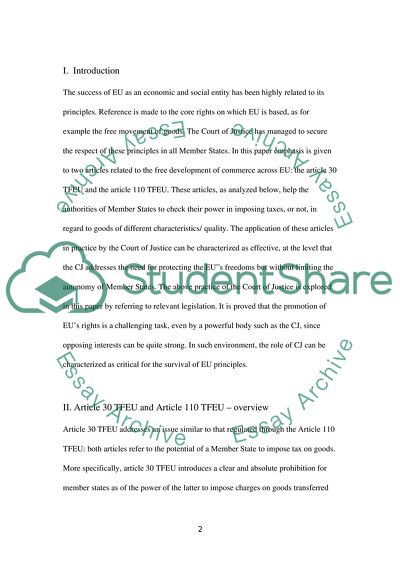Cite this document
(“The Court of Justice has adopted an appropriately nuanced approach to Essay”, n.d.)
Retrieved from https://studentshare.org/law/1650399-the-court-of-justice-has-adopted-an-appropriately-nuanced-approach-to-both-article-30-tfeu-and-article-110-tfeu-which-strikes-the-right-balance-between-ensuring-the-free-movement-of-goods-and-respecting-the-autonomy-of-member-states-critically-dis
Retrieved from https://studentshare.org/law/1650399-the-court-of-justice-has-adopted-an-appropriately-nuanced-approach-to-both-article-30-tfeu-and-article-110-tfeu-which-strikes-the-right-balance-between-ensuring-the-free-movement-of-goods-and-respecting-the-autonomy-of-member-states-critically-dis
(The Court of Justice Has Adopted an Appropriately Nuanced Approach to Essay)
https://studentshare.org/law/1650399-the-court-of-justice-has-adopted-an-appropriately-nuanced-approach-to-both-article-30-tfeu-and-article-110-tfeu-which-strikes-the-right-balance-between-ensuring-the-free-movement-of-goods-and-respecting-the-autonomy-of-member-states-critically-dis.
https://studentshare.org/law/1650399-the-court-of-justice-has-adopted-an-appropriately-nuanced-approach-to-both-article-30-tfeu-and-article-110-tfeu-which-strikes-the-right-balance-between-ensuring-the-free-movement-of-goods-and-respecting-the-autonomy-of-member-states-critically-dis.
“The Court of Justice Has Adopted an Appropriately Nuanced Approach to Essay”, n.d. https://studentshare.org/law/1650399-the-court-of-justice-has-adopted-an-appropriately-nuanced-approach-to-both-article-30-tfeu-and-article-110-tfeu-which-strikes-the-right-balance-between-ensuring-the-free-movement-of-goods-and-respecting-the-autonomy-of-member-states-critically-dis.


